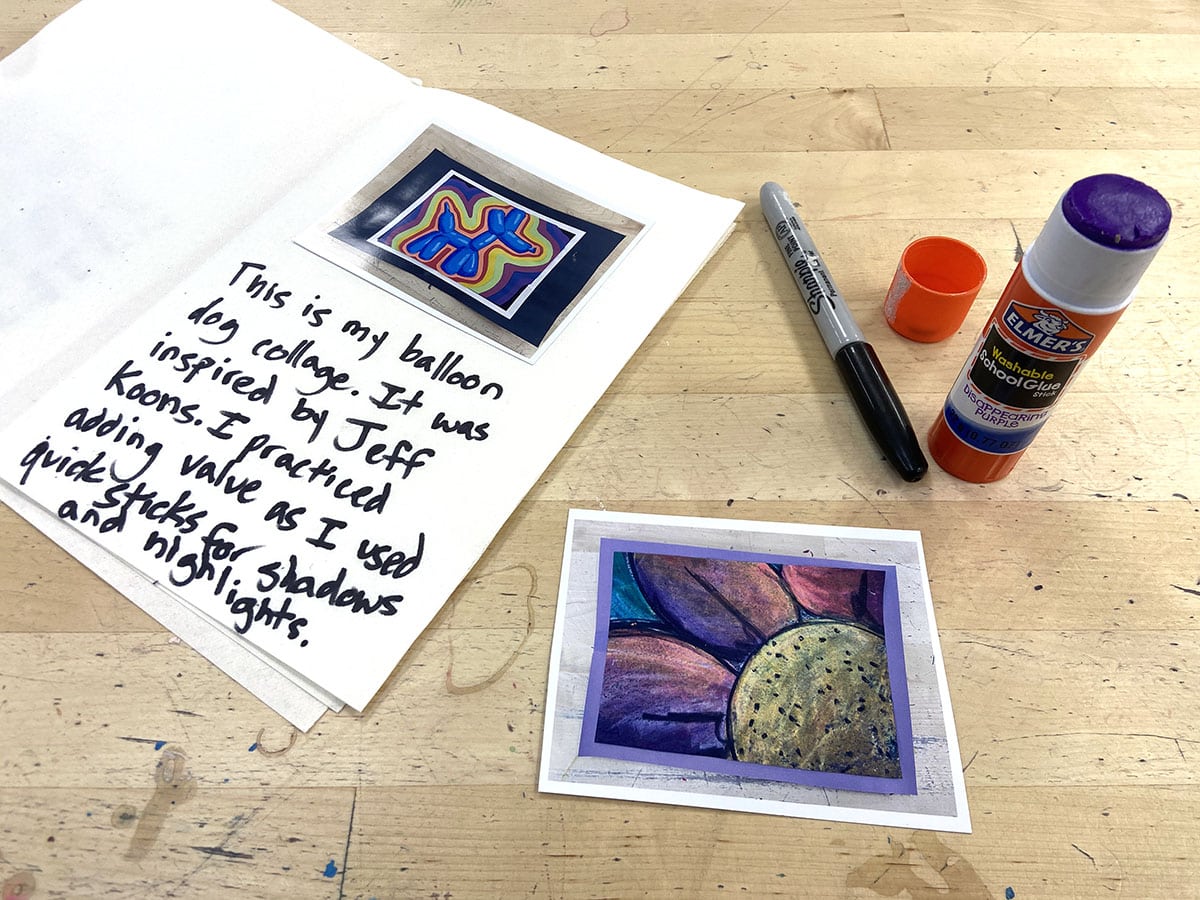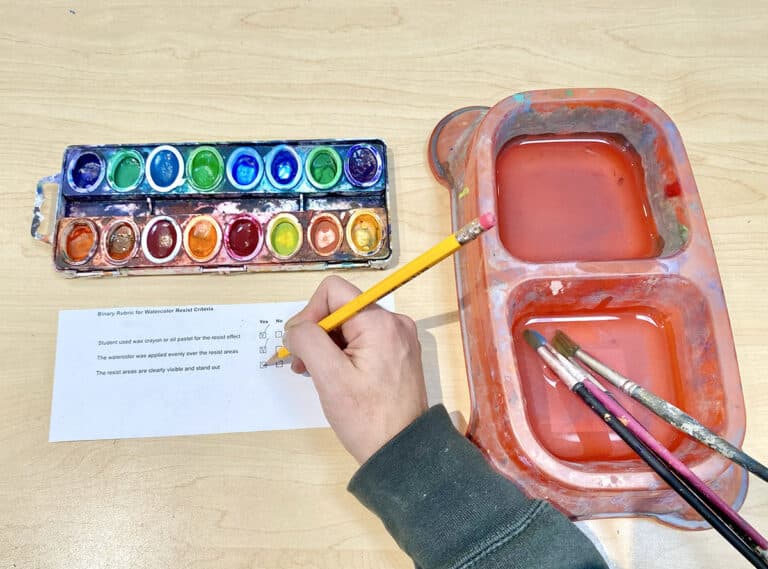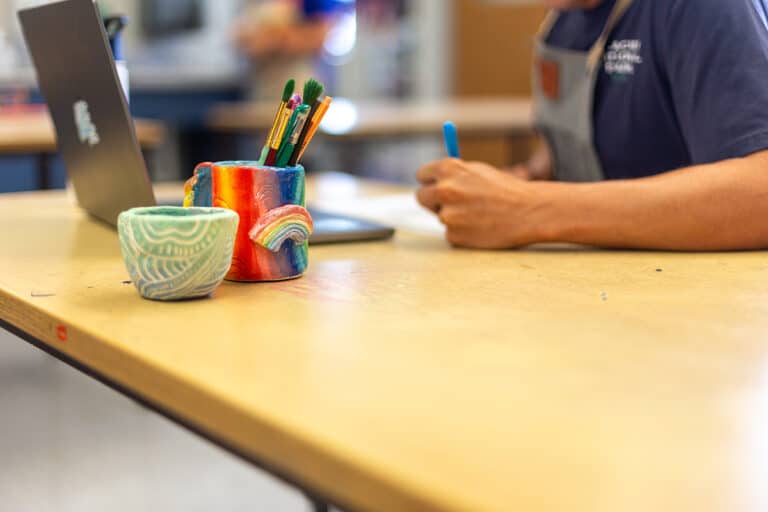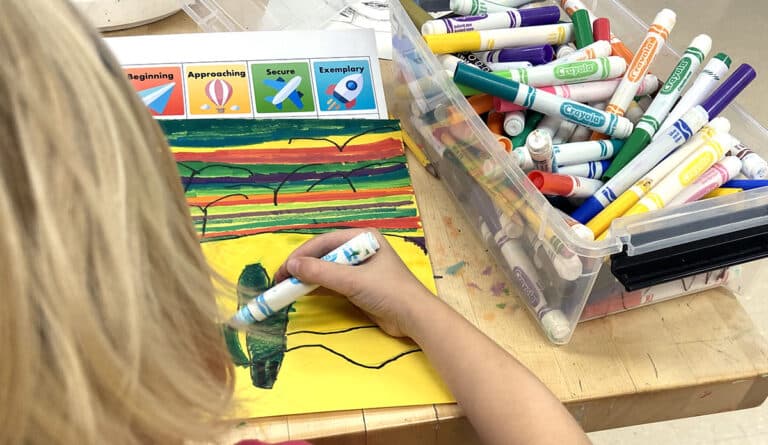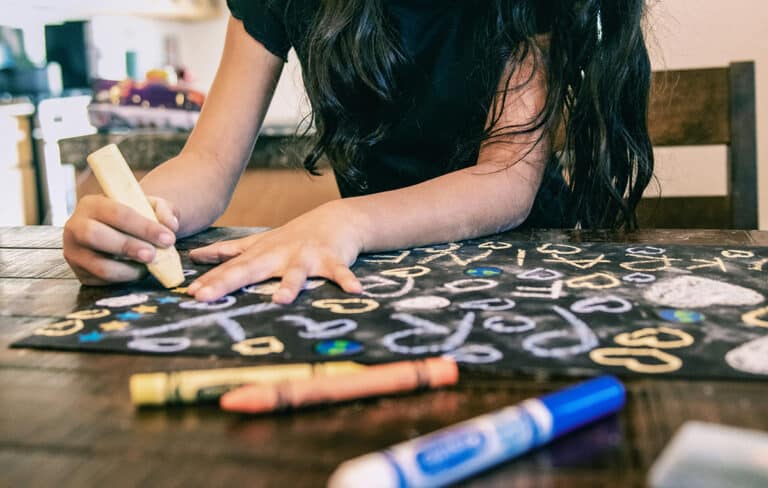As art teachers, we all know art portfolios are a great idea for our students. But do we really know why? A strong portfolio is a vital tool that captures growth and showcases proficient skills, techniques, and processes. Students can store their artwork in a physical portfolio folder or digitally in a virtual portfolio presentation.
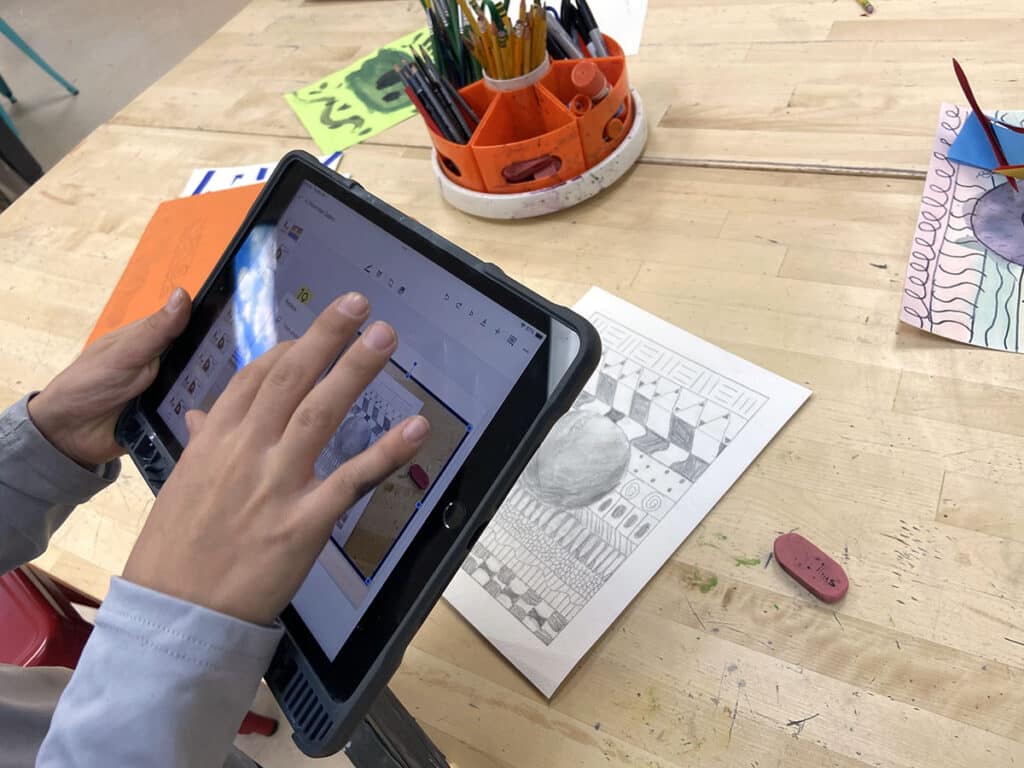
Consider the benefits of art portfolios so you can intentionally integrate portfolios into your teaching practice.
Portfolios help students in K-12 and beyond.
Students of all ages benefit from building their own portfolios. Younger learners gain confidence by witnessing their progress and revisiting past lessons. It’s a fun way to make them feel like an artist! As students advance, portfolios become essential tools for high school courses like AP Art and Design or IB Visual Art where they demonstrate skill development and conceptual exploration. For all students, portfolios can serve as an inventory of their artwork and ideas over time.
Furthermore, portfolios cultivate essential reflection and presentation skills relevant to all aspects of life. Whether applying for jobs, pitching ideas to clients, preparing for college or competitions, or even crafting a compelling social media presence, the ability to effectively showcase one’s accomplishments is crucial. Introducing portfolio development early helps students cultivate these skills incrementally, avoiding the last-minute scramble.
Portfolios reveal effective teaching.
Portfolio reviews offer a valuable opportunity for assessment and reflection, allowing you to evaluate your own teaching practice. By examining your students’ collected works, you gain insight into how your curriculum shapes their artistic development and reflects your own artistic viewpoint. Consider getting a fresh perspective by doing a portfolio swap with a colleague. Seeing work collected in another art teacher’s classroom can help you discover concepts, techniques, or approaches to explore in the future.
Portfolios reflect a strong curriculum.
Starting with a robust K-12 curriculum like FLEX Curriculum will make it easier to develop strong portfolios students will be proud of! A strong curriculum will meet your students’ needs and your state and district standards. It can be time-consuming to make or find resources to meet the varying levels of your students. FLEX helps you differentiate support for students with organized, sequenced content and filters to find instructional materials that meet state and district standards. The FLEX library is always growing so you can continue to add and change materials based on your students’ needs.
A solid curriculum will keep you and your students’ artwork focused because you’ll have clear concepts, terminology, techniques, mediums, and standards to follow. FLEX has well-composed learning objectives ready to copy and paste into any document or presentation. There are several options for each lesson for you to pick and choose from and then customize as needed. Additionally, FLEX has grade-level and media-based curricula to ensure your students are learning at a steady pace with a logical progression of skills. This directly translates into consistent growth which in turn results in more compelling portfolios!
Portfolios are a great advocacy tool for your art program.
Anything that art teachers are already doing in their art room that can promote their program and the visual arts is a win-win! Administrators love to see art portfolios because they capture the vibrant learning that happens in your art program. When tied to objectives and standards already provided in FLEX, it shows relevance. Because they capture growth over time, it can be a great way to demonstrate student learning objectives.
For secondary students who submit their portfolios for outside evaluation, the scores can highlight the strengths and successes of your program, school, and district. Leverage high scores to showcase the power of the visual arts and advocate for more funding for your program.

Gain resources to build better art portfolios so you can level up your students’ artmaking practice.
Set goals for a focused portfolio.
A portfolio is not everything an artist created. Instead, it is a showcase of an artist’s best work. To determine what belongs in a portfolio, start by thinking about the goal. Are you trying to showcase expertise across a variety of media and subject matter or focus on mastery of a particular skill? Is it about the student’s personal growth and self-expression or the curricular standards? Do you want pieces that show a deep exploration of a concept or pieces that show technical proficiency?
A strong collection will have a balance of commonality and variety. What unifies the collection will depend on your students’ age and your curriculum. Younger students’ portfolios tend to be more about exploring a variety of materials and methods. Older students’ portfolios are usually more conceptually driven.
Choose a route to success.
As creative professionals, we know there is no single solution to fit all learners and all circumstances. The same is true for portfolios! There are many formats to choose from, depending on your goals, student needs, and resources. In addition to the suggestions below, watch the Student Portfolio Basics Pack in PRO Learning for even more portfolio options!
Traditional Portfolio
Students fold a large sheet of construction paper and then glue or tape the sides to build a pocket to hold their collection of masterpieces. Check out the Personal Portfolios Lesson in FLEX for a simple plan to help students make beautiful custom portfolios tied to objectives and standards. If your budget allows, upgrade the paper portfolio by investing in hanging file folders.
Student Curated Exhibition Portfolio
Give students a large poster-sized sheet of paper or a yard of bulletin board paper to affix their best pieces on. Write brief artist statements using FLEX’s ready-made student-facing guides about why they are proud of these particular works to prompt reflection. This method gets pieces ready to hang for your art show ahead of time—all you need to do is hang one large sheet per student instead of thousands of artworks.
DIY Photobook Portfolio
Fold and cut a large sheet of paper to make a small booklet. Students select their most prized artworks from the year. Take photos of students holding each artwork. Print the photographs for students to glue in their booklet, along with short artist statements about why they are proud of each work. Don’t forget to check FLEX for student-facing resources to guide students as they write about their work.
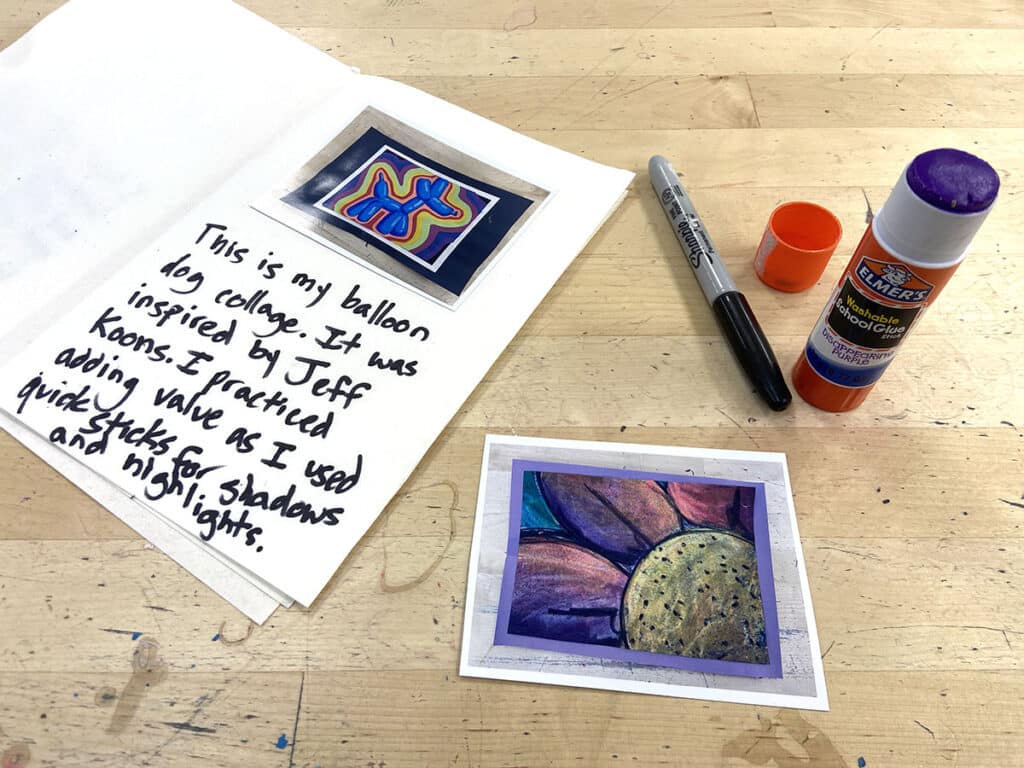
Process Journal Portfolio
Document the creative process with sketches, experimentation, and reflection. Journals provide valuable insight into artistic development and showcase problem-solving skills and a growth mindset. This is a more informal way to capture the “behind-the-scenes” work over a long period of time. The Reflect and Select Growth Portfolio Lesson in FLEX gives a step-by-step plan to build a portfolio documenting processes with artifacts.
Interactive Hyperdoc Portfolio
Slides are great for portfolios because students can embed more than just photographs. Students can include audio recordings of artist statements, as well as video or animation work. Students can also link to other resources such as artists who inspired them!
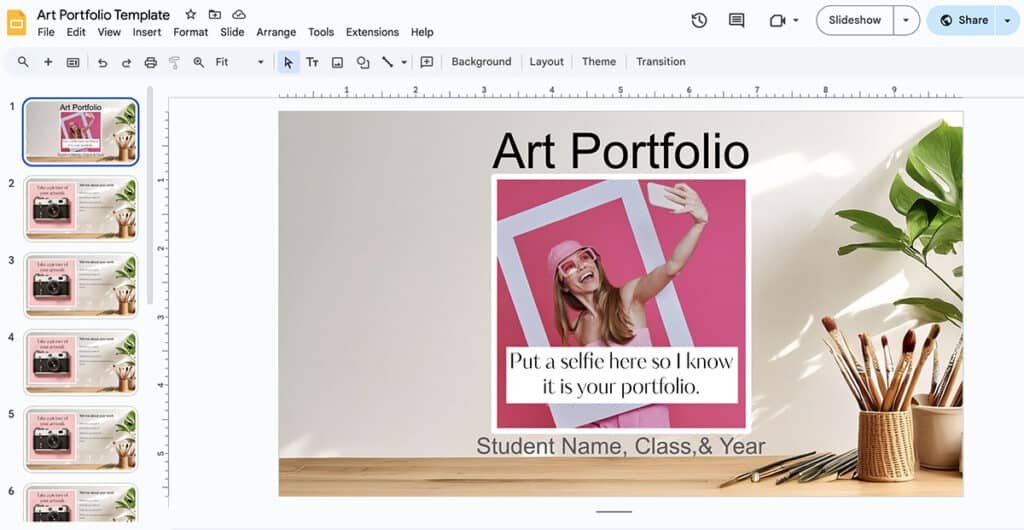
Career Portfolio
Challenge students to think about an art-related career that interests them. Brainstorm a list of skills that their career requires. Put together a portfolio of their artwork that demonstrates those skills. This method also points out any gaps in their skill set, which can direct future work.
Continue developing portfolios.
A portfolio is a living document. As lifelong learners, students will grow and their portfolios should grow along with them. Encourage students to continue developing their portfolios beyond the classroom. They can add new pieces, reflect on their growth, and explore different mediums and styles. This ongoing process fosters a lifelong love of art and provides a valuable tool to highlight their skills and accomplishments in future endeavors.
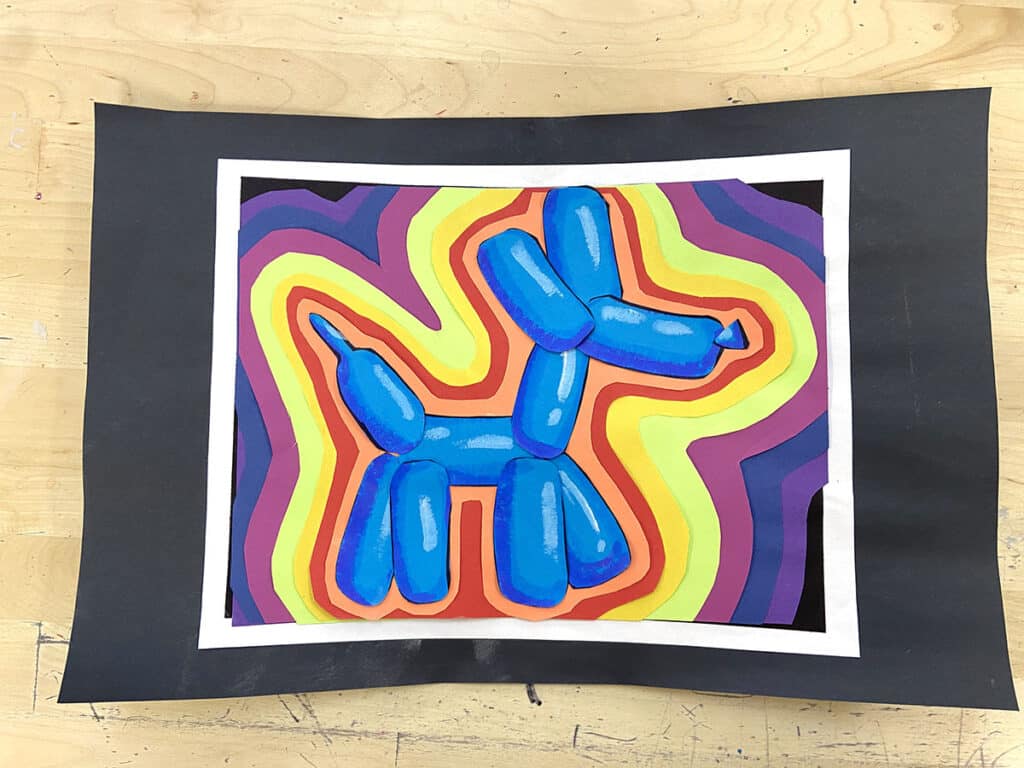
Portfolios offer tremendous benefits to both you and your students. They help everyone reflect on the artwork and process and pinpoint strengths and areas of improvement. Strong student portfolios are indicative of a strong art curriculum and can be an invaluable advocacy tool for your art program. There are many portfolio options so choose one that meets your classroom needs. Support your students now with FLEX Curriculum’s download-ready portfolio resources so you can build better portfolios and watch your students’ artistic growth and your art program thrive!
How do you use portfolios in your classroom and beyond?
What is one thing you will implement this year to level up your portfolio practice?
To continue the conversation, join us in The Art of Ed Community!
Magazine articles and podcasts are opinions of professional education contributors and do not necessarily represent the position of the Art of Education University (AOEU) or its academic offerings. Contributors use terms in the way they are most often talked about in the scope of their educational experiences.
